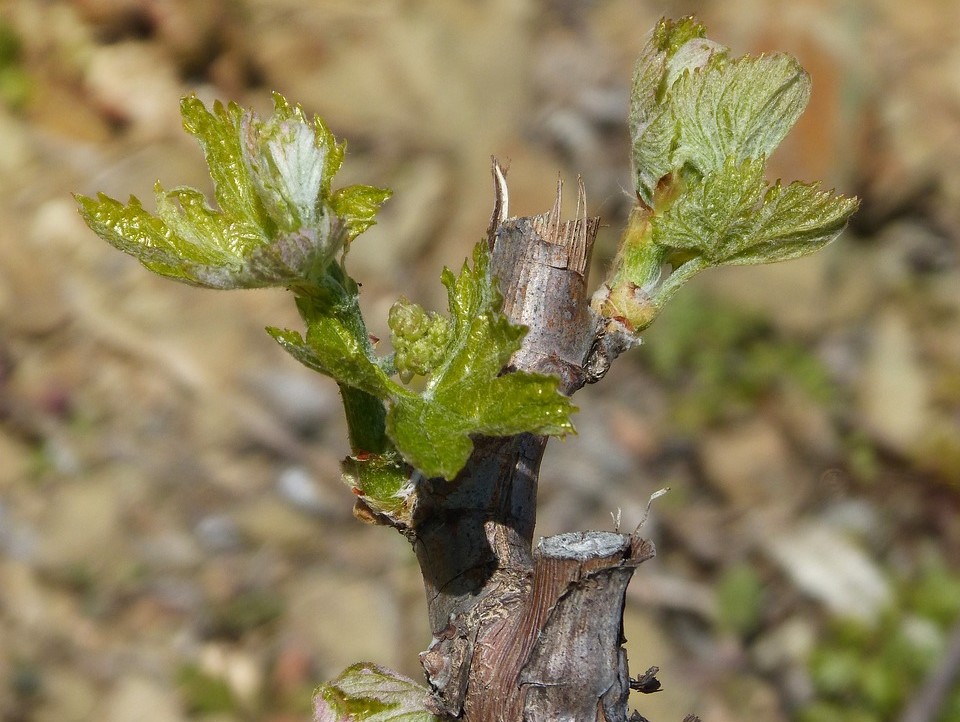Researchers from the University of São Paulo and Universidad de Jaén in Brazil have demonstrated a novel method of producing hydrogen from vine shoots—the primary waste generated during vine pruning in viticulture.
This waste, often burnt or disposed of in soil, holds the potential to become a valuable source for renewable hydrogen production.
Vine shoots, the residues of vine pruning, are typically composed of cellulose, hemicellulose, lignin, and extractives, with limited economic value. The researchers explored the possibility of using vine shoots as a substrate for fermentative hydrogen production, evaluating various physical, chemical, and biological pre-treatments to enhance biofuel production.
Unlike conventional methods employing chemical or physical reagents, the researchers’ environmentally friendly process does not require recycling of waste products and avoids the release of toxic compounds. Remarkably, it increases hydrogen production by almost 250% compared to other pretreatment methods, as highlighted by Juan Miguel Romero-García, one of the study’s authors.
The research team utilized physical pre-treatments through steam explosion, chemical treatments via organosolv, and biological treatments using laccase to disrupt the vine shoot cell fiber, enhancing biomass hydrolysis and fermentation into hydrogen.
The steam explosion caused a slight decrease in cellulose and hemicellulose contents in biomass fibers, while organosolv pre-treatment led to a reduction in lignin content. Laccase pre-treatment, despite showing no quantifiable changes, proved favorable for hydrolysis and fermentation, resulting in increased soluble sugars and hydrogen production.
The study revealed significant improvements in hydrogen yield through pre-treatments. Raw material vine shoots produced 300.1 mL H2/L, while biomass pre-treated by steam explosion, organosolv, and laccase resulted in 649.4, 399.8, and 749.7 mL H2/L, respectively.
Additionally, the researchers explored the hydrolysis of pre-treated biomass by adding cellulase, leading to even higher hydrogen production compared to non-hydrolyzed samples.
Throughout the process, the mixed acid pathway was facilitated by Clostridium butyricum, generating acetic and butyric acids. This aspect of the study opens avenues for further research into optimizing microbial pathways for enhanced hydrogen production.
The researchers’ pioneering work not only transforms discarded vine shoots into a valuable resource but also points towards sustainable hydrogen production methods in the agricultural sector. As the world seeks innovative solutions for clean energy, this study provides a compelling example of turning agricultural waste into a green fuel source, potentially contributing to a more sustainable and circular economy.





